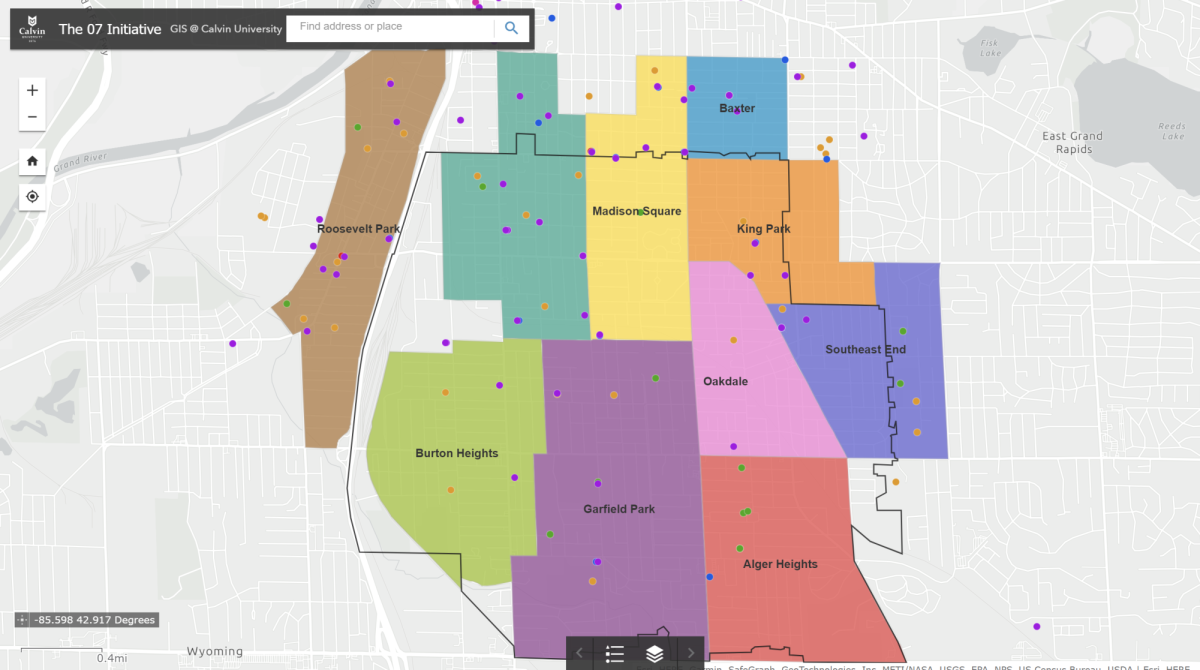With an estimated 30 million bushels this fall, Michigan’s apple crop is likely to increase by 1,000 percent from last year’s failed harvest.
According to a report from the grower-funded nonprofit organization Michigan Apple Committee (MAC), “In 2012, Michigan apple growers harvested a mere 2.7 million bushels — an amount considerably lower than the state’s nearly 20 million bushel average.”
The crop loss was due to unseasonably high temperatures in March and frosts and freezes in April, said the committee.
With relatively stable temperatures this past spring, the U.S. Apple Association recently projected “higher than normal” apple yields.
“Many factors have contributed to this large crop,” said Diane Smith, MAC executive director. “Great weather this past spring and summer, including cool nights, plenty of rain as well as a good amount of sunshine certainly helped. In addition, a long dormant period allowed the trees to store energy to help create a large crop,” she said.
With the absence of a healthy crop in 2012, the Michigan apple industry spent time and resources making investments back into the industry, with improvements to packing facilities and equipment. “Our apple growers always maintained a positive attitude throughout the difficult crop year. They made positive investments in the industry and looked ahead to how they could make the industry even better going forward,” said Smith.
The Michigan Apple committee is launching a promotional campaign called ‘Locally Grown’ to encourage consumers and retailers to support their local apple growers. “We’ve heard a lot of positive feedback from retailers and consumers about the return of the Michigan apple crop,” said Smith. “We are hoping that translates into strong support in the marketplace for our growers and industry partners.”
Michigan produces more than 16 varieties of apples commercially on over 36,500 acres of farms. The industry’s annual economic yield is estimated at $700 million to $900 million. Only about 40 percent of all Michigan apples are sold ready to eat. The remaining 60 percent are processed into other products; Michigan slices more apples than any other state for use in pies and fresh-cut slices and also processes apples into applesauce as well as fresh and shelf-stable apple cider and apple juice.








